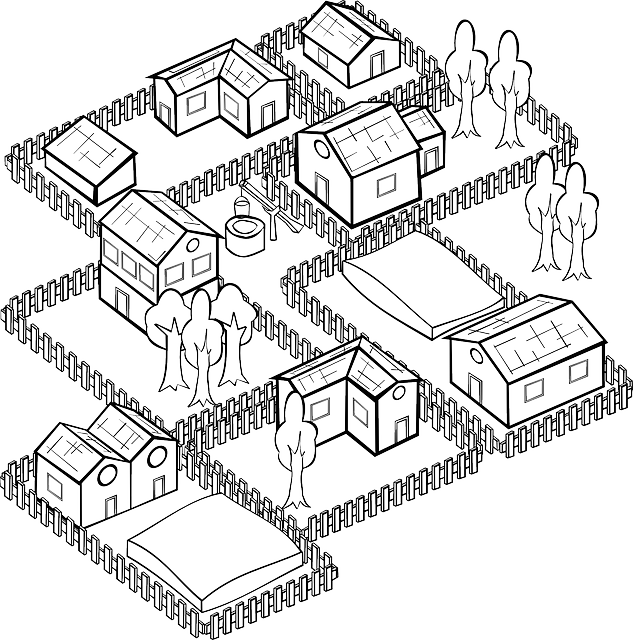
When buying a home, it’s easy to get caught up in square footage, countertop materials, and whether the appliances are stainless steel. But the truth is, even the most beautifully updated house can become a regretful purchase if it’s sitting in the wrong neighborhood.
I’ve seen too many people fall in love with a property and overlook the surroundings. It’s not just about what’s within the four walls—it’s about what’s outside them, too.
First Impressions Can Be Misleading
Drive through any neighborhood on a sunny Saturday afternoon, and it might seem idyllic. Kids playing, lawns freshly mowed, and a calm, quiet street. But what happens on a weekday evening? Or after dark? A single visit during the day won’t reveal the full picture. That’s why it’s smart to visit at different times, including weekends and weekday rush hours. Observe traffic patterns, noise levels, and even lighting. These subtle factors can affect your quality of life more than you think.
Safety, Schools, and Services
Dig into crime statistics before making an offer. Public records and local police department websites often provide neighborhood-specific data. Don’t just ask the seller or agent—they may not know, or they may not be obligated to disclose certain things.
If you have children, schools will naturally be top of mind. But even if you don’t, a neighborhood with highly rated schools often holds property value better. Proximity to hospitals, grocery stores, public transportation, and emergency services should also be considered.
Talk to the Neighbors
If possible, talk to people who actually live there. They’ll give you the unfiltered truth about what it’s like to call the area home. Ask about noise, traffic, HOA policies, or any concerns they’ve experienced. You’d be surprised how much you can learn from a friendly five-minute chat over the fence.
Future Development Plans
Check with the local planning department to see if any major developments are on the horizon. A quiet area today could become a construction zone tomorrow—or a major retail corridor. Understanding the municipality’s long-term plan can help you avoid unpleasant surprises after you move in.
Think For the Long-Term
A home is a long-term investment. While cosmetic flaws can be fixed with paint or renovation, a noisy street or problematic neighbor is a lot harder to deal with. Don’t compromise on location hoping things will change—they usually don’t.
In short, the condition of the home is only part of the story. The neighborhood plays a major role in your comfort, safety, and resale value. Do your homework, take your time, and remember: you’re not just buying a house—you’re buying into a community.
